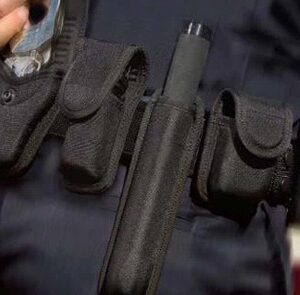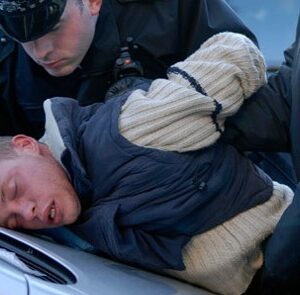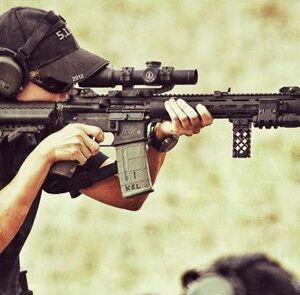Description
-
- We at AMBA training are one of the 25 approved centres in the United Kingdom that are registered with the Sia for Physical Intervention training. Please visit:-http://www.sia.homeoffice.gov.uk/Pages/training-trainer-training.aspx whether you need these skills for your place at work in health care, security, teaching or public sector you have come to the right place. The skills we teach at AMBAtraining are self-defensive and protective; they use minimum force and are the basis of the AMBA level 3 program that has been designed in line with home office approved techniques. We deliver these courses fortnightly in our centres in London where you can join us or alternatively we can come to you onsite where we would deliver this course for groups of 12 at a time.
- Physical intervention is defined as a method that uses direct or indirect force to limit another person’s movement through bodily, physical or mechanical means. Whilst Defensive physical skills are those physical intervention skills used to protect oneself or other people from assault.
This course will help learners define the three types of intervention:-
- Non-restrictive intervention allows a greater degree of freedom, where the subject can move away from the physical intervention if they wish; for example guiding, assisting an individual
- Restrictive intervention is were by you use force to limit the movement and freedom of an individual, using physical bodily contact, mechanical devices and even change to the person’s environment
- Highly restrictive intervention is used to severely limit the movement and freedom of an individual; for example handcuffs.
On this one day course we will teach you low level restrictive physical intervention techniques and by the end of the day you will be fully proficient in the techniques and methods used aswell as being able to identify the key areas of law, how to justify the use of force and identify when physical intervention can be used as a last resort, including:-
- Methods of restraint compliance
- Distraction techniques
- Danger cues and signals that an aggressor is becoming more prone to violence
- Positive alternatives that can be used other than physical intervention
- list of examples when physical intervention is deemed to be the only resort
- The Legal and professional implications of physical interventions
- How to justify reasonable force
- How to identify when force is necessary
- How to explain when force is proportional
Our trainers at AMBA will explain the risks of using single person restraint and how this can be a breach in the health & safety at work act 1974, Lone workers act, manual handling and how this goes against the ‘safer’ approach model that we have been teaching for several years. Not only that, but we shall explain how its not safe to do nor would you be able to call for assistance or have a witness if it went to a court of law.
We shall explain Duty of care considerations and the possibility of being sued for negligence, both employer and employees if the force used was deemed to be excessive or un-reasnable. And the corporate manslaughter and corporate homicide act 2007 and how this set a landmark in history that the first time employers and directors were being sued and imprisoned as a result of management failings
You will be able to identify the risk factors involved with Physical Interventions, including situational factors that increase risk and other factors such as age, gender, weight, intoxication, medical and physical disability’s of the opponent and how these can increase the risk of harm.
You will also learn about your responsibilities following the use of physical interventions ensuring both parties are safe as per ‘duty of care’ and how it is important to keep physical intervention knowledge and skills current to ensure proficiency and competent.
Once the theory has been delivered you will get the chance to learn the techniques and methods on our approved AMBA program that include:-
- Nonaggressive stances and positioning skills
- Non aggressive skills used to evade and protect against blows
- Non aggressive method of disengaging from grabs and blows
- Escorting techniques
- Non-aggressive One man methods to stop one person assaulting another
- Non-aggressive team methods to separate persons fighting
- The use of a method of physically prompting a person
- Low level restrictive method of escorting a person
- One person low level restrictive method of escorting a person
- Providing support to colleagues during physical intervention (CONTACT AND COVER)
- Switching techniques
- Demonstrate how to disengage a physical intervention ensuring the safety of all parties
ASSESSMENT
You will be assessed on the theory by means of multiple choice exam, the practical will be assessed on the standards set by both the AMBA training, the security industry and the awarding body’s.







Reviews
There are no reviews yet.